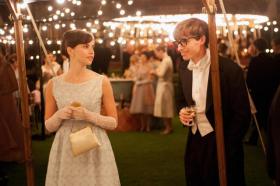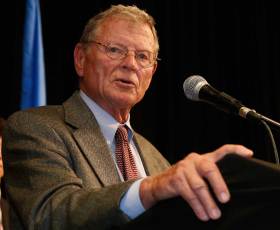A failure may have occurred in the rocket's engine
+ READ ARTICLEInvestigators believe they know what made the Antares rocket explode just seconds after it lifted off from a Virginia launch pad. Orbital Sciences’ president and CEO David Thompson said one of two main engines used to launch the rocket failed.
Thompson also said Orbital Sciences plans on continuing with its nearly $2 billion contract with NASA to deliver supplies to the International Space Station. The failed AJ26 engine will no longer be used to launch the rocket.


